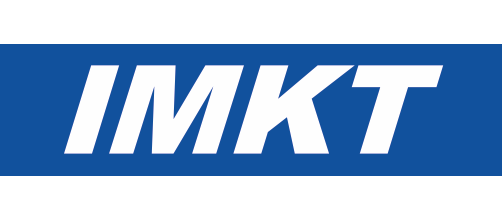ZDDP containing tribofilms generated under sliding micro contact and bearing test rig conditions
- verfasst von
- Florian Pape, Christian Muhmann, David Pahl, Dieter Lipinsky, Heinrich F. Arlinghaus, Gerhard Poll
- Abstract
For machine elements in relative motion (like bearings), lubrication ismandatory to prevent wear or premature fatigue and to reduce friction. Oils and greases typically contain additives to protect against wear and oxidation by building up a tribofilm with a thickness of a few ten nanometers. There is the suspicion that under some critical compositions and under specific test conditions, the resulting tribofilm can cause early bearing failure because of subsurface damages like white etching cracks (WECs). One component relevant for tribofilm formation is zinc dialkyldithiophosphate (ZDDP), which forms protective phosphate glass-based tribofilms. With the aim of detecting critical lubricant compositions and test parameters, experiments on an FE8 test rig were performed. To investigate the formation of tribofilms, tests were also executed using a modified Center for Tribology (CETR, now Bruker Corporation, Billerica, MA) Olympus HDI reliability spin-stand. This device was originally developed to investigate the head-to-disk interface of a hard disk drive (HDD). During the test cycles, the coefficient of friction was recorded. In order to determine the effect of the operation conditions, the microtribological properties of the boundary layers were analyzed. The boundary layers were investigated by means of nanoindentations and nanoscratches on the raceways. Additionally, time-of-flight-secondary ion mass spectrometry (ToF-SIMS) with depth profiling was used to analyze the adhering lubricant, as well as the composition of the boundary layers.
- Organisationseinheit(en)
-
Institut für Maschinenkonstruktion und Tribologie
- Externe Organisation(en)
-
Westfälische Wilhelms-Universität Münster (WWU)
- Typ
- Artikel
- Journal
- Materials Performance and Characterization
- Band
- 7
- Anzahl der Seiten
- 191
- Publikationsdatum
- 24.05.2018
- Publikationsstatus
- Veröffentlicht
- Peer-reviewed
- Ja
- ASJC Scopus Sachgebiete
- Keramische und Verbundwerkstoffe, Werkstoffmechanik, Polymere und Kunststoffe, Metalle und Legierungen
- Elektronische Version(en)
-
https://doi.org/10.1520/MPC20170067 (Zugang:
Geschlossen)


